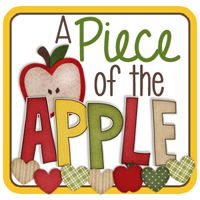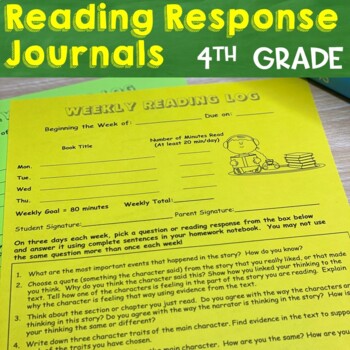Still plugging away, reading, thinking, planning, etc. with the book 100 Minutes by Lisa Donohue and loving it! If you missed my previous posts you can find them below:
Chapter 1
Chapter 2
Chapter 3
Chapter 4
Chapter 5
Today I am linking up with Erin from A Piece of the Apple for Chapter 6.

Of all the chapters, this one has to be the one that I have written and highlighted the most in as I came up with a ton of new ideas for next year. Along with a few A-ha's and why didn't I think of that? moments of course!
My thoughts on Chapter 6:
The author opens the chapter with the importance of frequent writing for students to learn to become better writers. She talks about all the varieties of writing we do such as writing letters to friends, sharing recipes, emails, etc. Students need to the opportunity to write in a variety of ways in order to be able to write for a variety of purposes and audiences.
One suggestion the author used was to use writing prompts including what she described as an artifact box. An artifact box is filled with tangible items that students might gain inspiration to write from.
Throughout the chapter she discusses different varieties of writing and possible ways to prompt and teach students how to respond to them. I love that she also gives possible success criteria for each style of writing as I know on my team at school, that was one of the most difficult thing for us to come up with on our own. Writing seems so subjective, that it is often difficult to find success criteria that everyone agrees on. Her success criterias will be a good starting point.

Our district has adopted a pacing guide and units that we as teachers all follow throughout the year. My biggest challenge with this is that we introduce something, and then only go back to it if we have time. Where does that leave my struggling writers who need additional practice? I will of course follow our pacing guide, but, I am going to build in additional time to allow students to practice each form of writing each quarter. I can't wait to see the progression of a narrative from the beginning of the year until the end. I am excited to see how they develop as researchers and writers of expository text from August until May.
I will also be setting up a few index card boxes with writing prompts for students to explore during their independent writing time.
I will also be setting up a few index card boxes with writing prompts for students to explore during their independent writing time.

I want to think more about using graphic organizers more effectively. Lisa Donohue has shared a few in the book and I want to explore them more. We have used the Write From The Beginning program at our school, and it seems like my students do not want to write anymore by the time they are finished with their graphic organizers. It seems like we overburden them with all of the "stations' of writing. Do all pieces really have to go from brainstorm, to revision, to editing to final copy? Can't some stories be rough drafted quickly because the student can't wait to write it down and then edited and published? Can some stories die at the brainstorm stage because the writer really can't think of much to add?
Next up- Chapter 7: The Foundation of Independence
Be sure to visit our co-host Brenda from Primary Inspired on June 17th to continue this learning journey with us.












